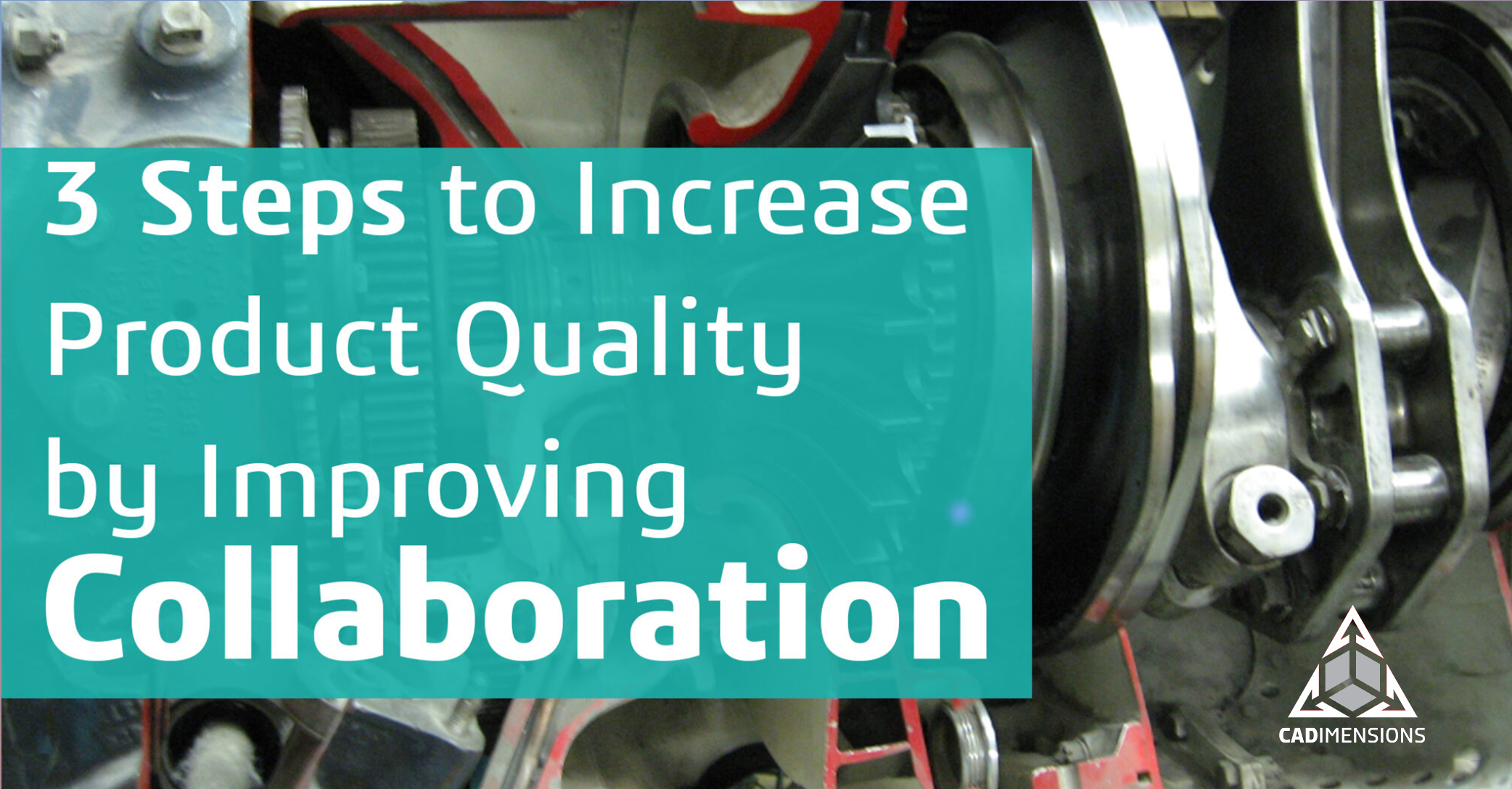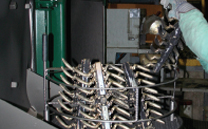How To Increase Product Quality In 3 Steps
If a representative from every department in your business were sitting in a conference room, how would they respond to this question? “Which department is responsible for product quality?”
Is it Quality? Manufacturing? Engineering? Or even Sales? Most companies will quickly come to the conclusion that increasing product quality is everyone’s responsibility. It’s all too easy to work within your department silo and pass information between departments without feeling like the quality of the final product is impacted by your role in the process. Once it is tossed over the wall from sales to engineering or engineering to manufacturing, you can move on to the next project. But what if sales makes one simple mistake while taking the order? That mistake now filters down through to an engineering mistake and the product is manufactured to the incorrect specifications. Surely, quality control would catch the issue when doing a final inspection, won’t they?

Isn’t the goal to increase product quality in every phase of a process, regardless of which stakeholder has their hands in the cookie jar? Data collaboration can enable us to all work on live, up-to-date information with a clear path to access, so people can find exactly what they’re looking for. This is easier said than done because, in most environments, data is distributed in many different systems. You may have one system to store files, another for purchasing data, change management docs, quality information, manufacturing data, etc. Each department will use these systems differently in most cases.
Let’s envision this problem using an example we have heard countless times before. XYZ Corp. has a CNC mill operator on the shop floor and he gets a work order for 20 parts. He quickly recalled running these parts on the mill as recently as last month, but while looking at the drawing, he notices it is marked “Revision B”. After careful examination, he can see that the model he received in his email has the same file name as one he previously save on the server. Because he has years of experience, he knew to look for a revision change which prompted him to verify what the change was for. But what if he didn’t have years of experience to rely on? Working with disconnected systems at XYZ Corp., this CNC operator doesn’t have access to the engineering change notices (ECNs), revision blocks or any of the other information needed to effectively do his job. His only resource is his good memory.
This is obviously a less than optimal situation but, again, it is all too common. It prompts the question, “How does a collaborative environment help ensure product quality?” In our example, if they were working in a collaborative environment, the CNC machine operator should be able to easily see what the latest 3D model and associated drawing is without using his email. He should be able to access the ECN that caused the change to Revision B or even access the original sales order notes so they can make a collaborative decision.
In a distributed data environment, how can he perform due diligence and rectify the situation? They must track down someone from each of those departments in hopes that they can retrieve that data in a quick and efficient manner to make a decision. In most cases, there is considerable time lost attempting to ensure quality and the worst case scenario is, nothing is done at all and parts are made incorrectly, costing you time and money. In this case, it would be easy to say that a problem with part quality is not the CNC operators fault.

In a 2013 study by LNS Research, executives of small and large companies were asked “What is your top objective for quality?” and the top answer was to “reduce the cost of quality”. Later they were asked “What is your top quality challenge?” and approximately 50% of respondents said, “Quality is considered a department, not a responsibility.” Even large corporations like Tesla face quality challenges like these.
Hopefully, now you are convinced that collaboration does indeed have a profound effect on quality. So now that we’ve identified the problem, how can we address it? Here are 3 simple steps to get you moving in the right direction.
STEP 1
Outline the flow of data between departments and list potential consumers for each. This step will require you to interview each department to identify the gaps in collaboration. It may be a time-consuming process, but you can’t build a road if you don’t map it out first.
STEP 2
Inventory all business systems and methodologies you’re using today for storing data. This includes discovery and gaining an understanding of what capabilities each system provides. This will be crucial for simplifying the flow of information. The goal of this step must always be the consolidation of systems to bring all departments’ data into one system, without sacrificing business-critical functions.
STEP 3
Create your collaborative environment using the system that meets your needs. All departments should be able to quickly identify files and information that will help them make part-quality decisions. Once identified, they must be able to consume that data for transparency. This will lessen the need to field questions by every department and will ensure proper quality decisions can be made at every critical point in your process. Then, and only then, you can make product quality through collaboration everyone’s responsibility.
















